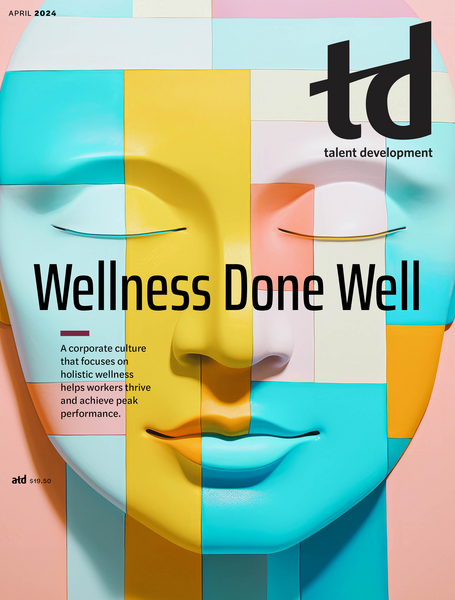TD Magazine Article
Make Learning Durable
Use brain science to improve training.
Mon Apr 01 2024
L&D professionals devote a lot of energy and professional pride to creating and facilitating training courses. For their part, organizations often spend a significant amount of money on developing talent. However, those efforts may be for naught if learners forget what they learned. Durable learning is a more effective way to make training stick than traditional training courses. In "Principles for Brain-Friendly Learning," Dana Alan Koch provides eight methods—aligned with brain biology—for doing so.
As Koch explains, learners require training that is relevant, contextual, engaging, effortful, generative, social, spaced, and reflective. Let's assess training that requires effort and is reflective.
When learning is effortful, it builds and strengthens the neural pathways that enable recall and application of new learning. L&D practitioners can ask themselves these questions to determine whether a training program is effortful:
Does the learning require active engagement?
Does the learning provide participants the opportunity for trial and error, to overcome a tough challenge, and to learn from failure?
A training program that provides a reflective experience activates several of the brain's processes, such as retrieval, articulation, and elaboration. Consider:
Is there enough downtime in the schedule to give learners a chance to reflect?
Does the program curriculum include prompts to stimulate learners to engage in intentional sensemaking?
Is the facilitator providing tools for reflection, such as a journal or job aids?
These tips were adapted from the April 2024 issue of TD at Work. Learn more at td.org/TDatWork.

